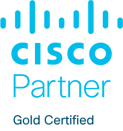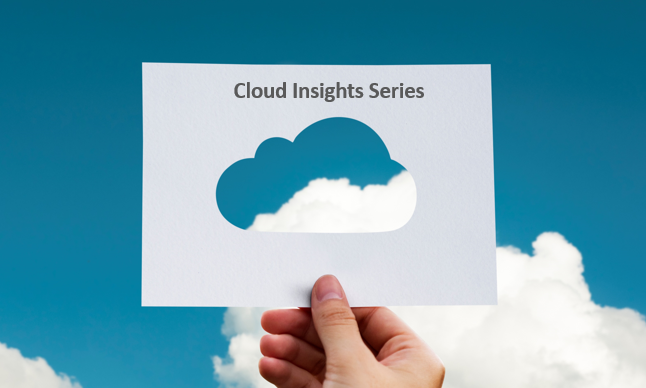Why application insight is the key to your cloud strategy in 2023
Discover and leverage optimal cloud performance through AI Ops with Cisco Intersight

Discover and leverage optimal cloud performance through AI Ops, which in one case saved $80K per month
As cloud adoption becomes more mature, many organisations have seen infrastructure and software subscriptions grow and diversify at a rapid pace. As a result, there is more cloud complexity which, if left unchecked, can lead to unnecessarily high costs.
In this blog, we will review the insights from a recent Cloud Insights Series webinar hosted by industry experts from Secure Agility and Cisco on the topic of cloud overspending, and how more advanced AI tools can quickly stamp it out.
Soren Reichelt, Principal Consultant at Secure Agility, said when people ask if they are overspending in cloud, it is important to first understand just how complex an organisation’s cloud environment can be.
“Cloud can mean so many different subscription services, and a number of things have popped up just in the past five years, so customers now have many common challenges,” he said.
“Am I overspending? Having visibility over all different systems is a challenge, let alone looking at performance issues and cost optimisation.”
Not many organisations have the right tools to assess the variability of cloud expenditure and evolving hybrid environments add complexity so looking at management is imperative.
Also on the panel was Mark Swalwell, Cloud and Intersight Lead at Cisco Australia and New Zealand.
Swalwell said there is a lot of opaqueness between what an app needs and what resources apps are given.
Another challenge is “I see a lot of parts to the application, but how do I relate that to a cost of goods,” he said. “Until you get those monthly credit card bills, it becomes difficult to understand where that cost is.”
“For example, with AWS compute and storage there are 1.3 million combinations that you could select for an application.”
Cloud makes it easy to see the benefits of on-demand infrastructure, but the speakers agreed customers need to focus more on their applications and data and optimise from there.
“There needs to be focus on apps and data, including what are the dependencies and where is the data placed,” Swalwell said. “And cloud providers need to stop saying ‘my solution is best for you’, but rather understand what customers need first, which is easier to determine today.”
With fixed-cost IT, it is easy to do continual performance improvement, but when there are distributed costs with different variables complexity and costs go up, which impacts the ability to see value.
“When we have more structure over what is required for an app rather than infrastructure then it is easier to see where costs are going,” Swalwell said.
Secure Agility’s Reichelt said IT operations teams are dealing with an increasingly diverse set of services and factors like security and networks can be blockers for getting something done.
“Mapping dependencies is a challenge in itself and to determine overspend need to understand your workloads first,” Reichelt said.
Cisco’s Swalwell agreed and said business units have responsibility for an application or a business outcome, but the problem is all the things we must touch today is becoming beyond ‘human scale’.
“Automation can avoid having people responsible for thousands of things every day,” he said. “Focus on best practice of what you want as their outcome and let the AI systems build that, and it will help you automate with a high level of governance and security.”
Tools like Cisco Intersight Workload Optimizer can capture IP and improve business systems by focusing on the application requirements and dependencies not the infrastructure.
“That is a key thing we need to change,” Swalwell said. “Without the need for trial and error, now we can say ‘this is what is required of the application’ and automate continuous improvement rather than creating tickets.”
What does cloud optimisation look like in the real world? One public sector organisation migrated to Microsoft Azure and was getting $300,000 per month bills, which was high enough to buy their data centre requirements three times over each year.
“By using Workload Optimiser there was an immediate $80,000 per month saving with an ROI of three weeks and they were using Azure Resource Manager,” Swalwell said.
In this case internal resources might not have showed the true cost of the organisation’s infrastructure use, which was exposed with a pay-per-user model in the cloud.
Secure Agility is offering a free 90-day cloud and application optimisation journey. Contact us here or watch the video related to this blog here.


Discover and leverage optimal cloud performance through AI Ops with Cisco Intersight

Optimised maturity is where the organisation is using backup software to enable cloud resilience, including the ability to restore to other clouds

Discover how to implement and leverage ISO 27001 for better information security